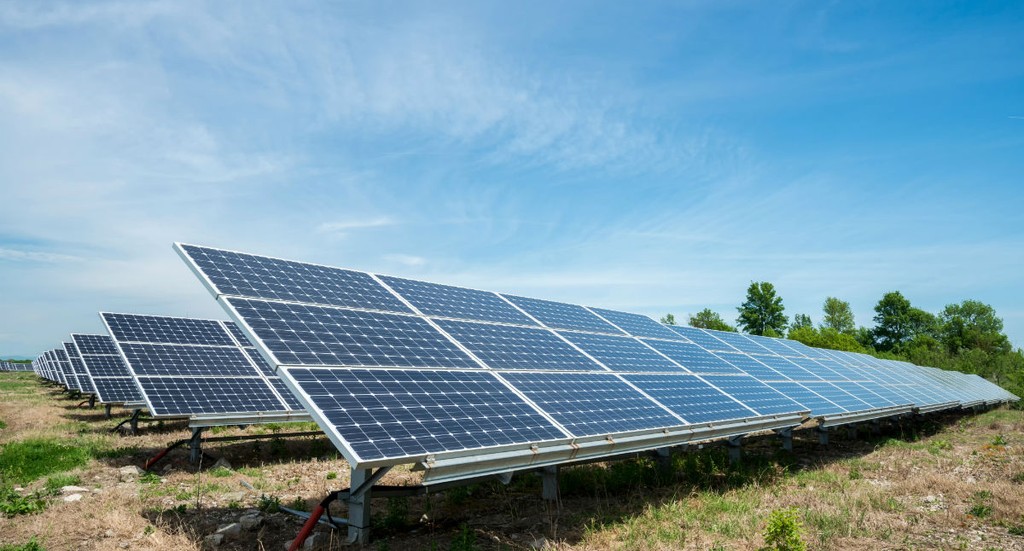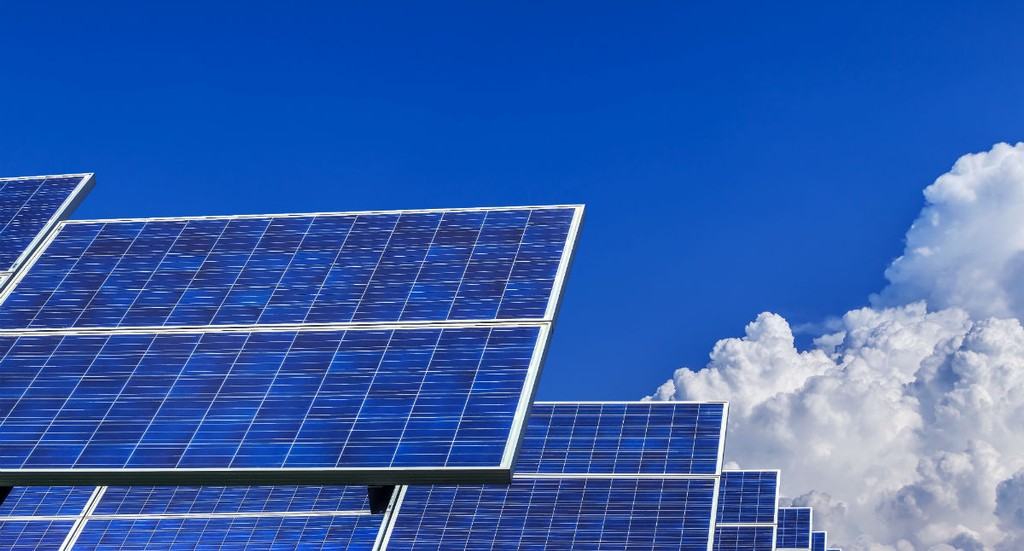
What Does a PV Charge Controller Do? How Can You Use One?
A solar PV charge controller is one of the most important parts of all power systems that charge batteries, be it fuel, hydro, wind, PV charge, or utility grid.
The purpose of the controller is usually to ensure that the batteries are properly fed and therefore safe for long-term use. At its most basic, a controller is simple. It blocks reverse current and prevents batteries from overcharging. Certain controllers will also prevent batteries from discharging and protect them from electrical overload. The photovoltaic panels work to pump current through the battery in a single direction but at night may cause a slight discharge from the battery. While the potential loss is no big deal, it is easy to prevent with the help of a controller. In most controllers, the charge current will pass through a transistor that acts similar to a valve that controls the current. This is called the semiconductor as it passes current in one direction and averts reverse current minus any additional cost.




PV Charge Controller
More About the Functions of a PV Controller
A PV controller can also prevent overcharge. Once a battery is fully charged, it can’t store incoming solar energy. If that energy continues to be applied, the battery voltage becomes too high. A PV charge controller prevents overcharge by reducing the flow of energy to your battery once it reaches a certain voltage. Once the voltage drops when the sun intensity is lower or there is an increase in electrical usage, the controller will allow for the maximum charge possible. This is known as voltage regulation and is a vital function of the controller. Essentially, the controller looks at the voltage and then regulates the battery charging. Certain controllers will regulate the flow of energy to the solar generator battery by switching the current either fully off or on. This is known as the on/off control. Other controllers will gradually reduce the current.
PV Charge: Temperature vs. Control Set Points
The preferred set points for PV controller charge will vary according to the temperature of the battery. Certain controllers consist of a PV charge called “temperature compensation.” With this, as the controller senses that the battery temperature is dropping and therefore raises the set points. If it didn’t, the charge would reduce too soon when the battery gets cold. If batteries are exposed to temperature swings of more than 30 degrees Fahrenheit, compensation becomes necessary. There are controllers that have a built-in temperature sensor. These have to be mounted some place where the temperature is as close to the batteries as possible. Top-range controllers come with a remote temperature probe which is attached to a battery so that it can report its temperature to your controller.
Do You Need a Solar PV Charge Controller?
Want to know more about a solar PV charge controller before making up your mind? Read on.
- PV charge controllers are sometimes called solar charge regulators
- The controllers are used in both wind energy and PV systems
- They protect the battery from overcharging or over discharging
- Over charging or discharging can damage a battery
- Small power systems that have wind and solar energy use hybrid controllers
- Larger systems have their own controllers
- The controller is one of the most important parts of any energy system
- The latest technologies have effective battery charging routines
- Advanced controllers use maximum power point tracking charging
- Controllers provide vital charging information to users